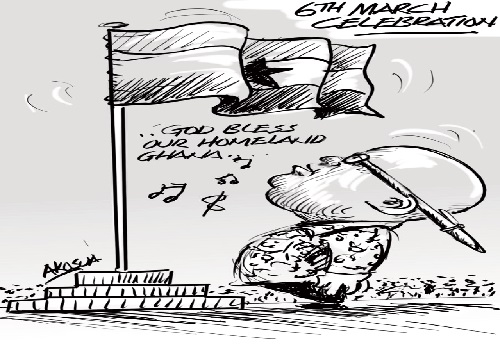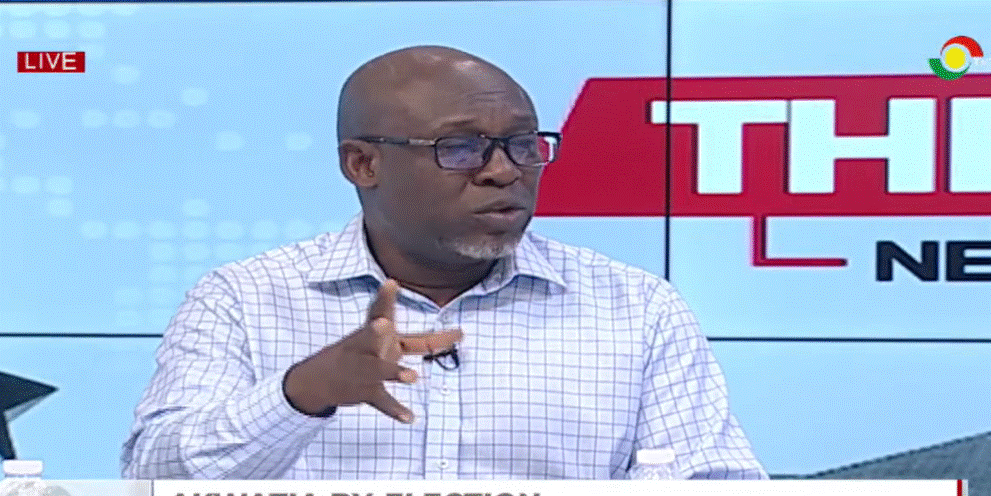
The latest banking sector report which made this known, said banks’ share of securities further increased to 70.4 per cent in February 2020 from 66.3 per cent in February 2019.
It said the proportion of short-term bills in total investments accordingly declined to 30.9 per cent from 32.7 per cent between the two periods, while the share of investments in equities remained negligible at 0.9 per cent.
Asset Structure
“The asset structure of the banking industry’s balance sheet did not change substantially over the period. Investments continued to dominate although its share in total assets declined to 36.3 per cent in February 2020 from 39.9 per cent in February 2019.
“Loans and advances (net) represent the second largest component with its share moving up to 31.5 per cent from 29.3 per cent over the period on account of the strong growth in credit. Cash and Due from Banks followed with a marginal increase in its share to almost a quarter of total assets,” it said.
It added that the share of fixed and ‘other’ assets, which constituted the non-earning assets of banks, remained virtually unchanged at eight per cent.
“The high share of investments in total assets in Feb-2019 was largely due to the special (long-term) resolution bonds issued to Consolidated Bank Ghana (CBG), with the loan book transferred to the Receiver, adding that the gradual pick-up in the share of net advances was on the back of the strong rebound in credit post-recapitalization.
Liability Side
With deposits continuing to dominate the funding mix of banks, the share of deposits, however, dipped marginally to 64.8 per cent from 66.0 per cent over the two corresponding periods, while the strong growth in borrowings during the review period lifted its share to 14.5 per cent from 13.1 per cent overtaking the share of Shareholders’ Funds.
The Shareholders’ Funds component dipped marginally to 14.2 per cent from 14.6 per cent while the share of ‘other liabilities’ remained virtually unchanged at 6.5 per cent.
Credit Risk
The industry’s exposure to credit risk moderated in February 2020 relative to February 2019. A combination of high loan recoveries, write offs, and increases in credit led to significant improvement in asset quality within the period.
The steady increase in credit observed during the last quarter of 2019 continued and culminated in the strong year-on-year credit growth in February 2020.
“Gross loans and advances (excluding the loans under receivership) increased by 26.0 per cent to GH¢45.91 billion in February 2020, as against the marginal growth of 1.9 per cent during same period in 2019.
“The stronger credit growth reflected in all the major categories. Private sector credit recorded a growth of 21.0 per cent to GH¢40.05 billion, higher than the 4.1 per cent growth in February 2019. Household credit similarly grew by 19.0 per cent to GH¢8.93 billion, after increasing by 11.9 per cent in the previous year,” the report averred.
Private Sector Dominance
The private sector continued to dominate the loan book although its share marginally declined to 87.5 per cent in February 2020 from 90.7 per cent in February 2019.
A further breakdown of private sector credit showed that indigenous enterprises remained the largest recipient of total industry credit.
In terms of classification, the services sector maintained its lead with the highest share of credit, followed by the commerce and finance sector.
Together with the manufacturing sector, these three sectors accounted for 52.5 per cent of total credit with respective shares of 24.6 per cent, 20.8 per cent and 10.6 per cent as at end-February 2020.
The other economic sectors accounted for the remaining 47.5 per cent in various proportions. The mining and quarrying sector remained the lowest recipient of industry credit with a share of 2.7 percent. Read Full Story

























Facebook
Twitter
Pinterest
Instagram
Google+
YouTube
LinkedIn
RSS